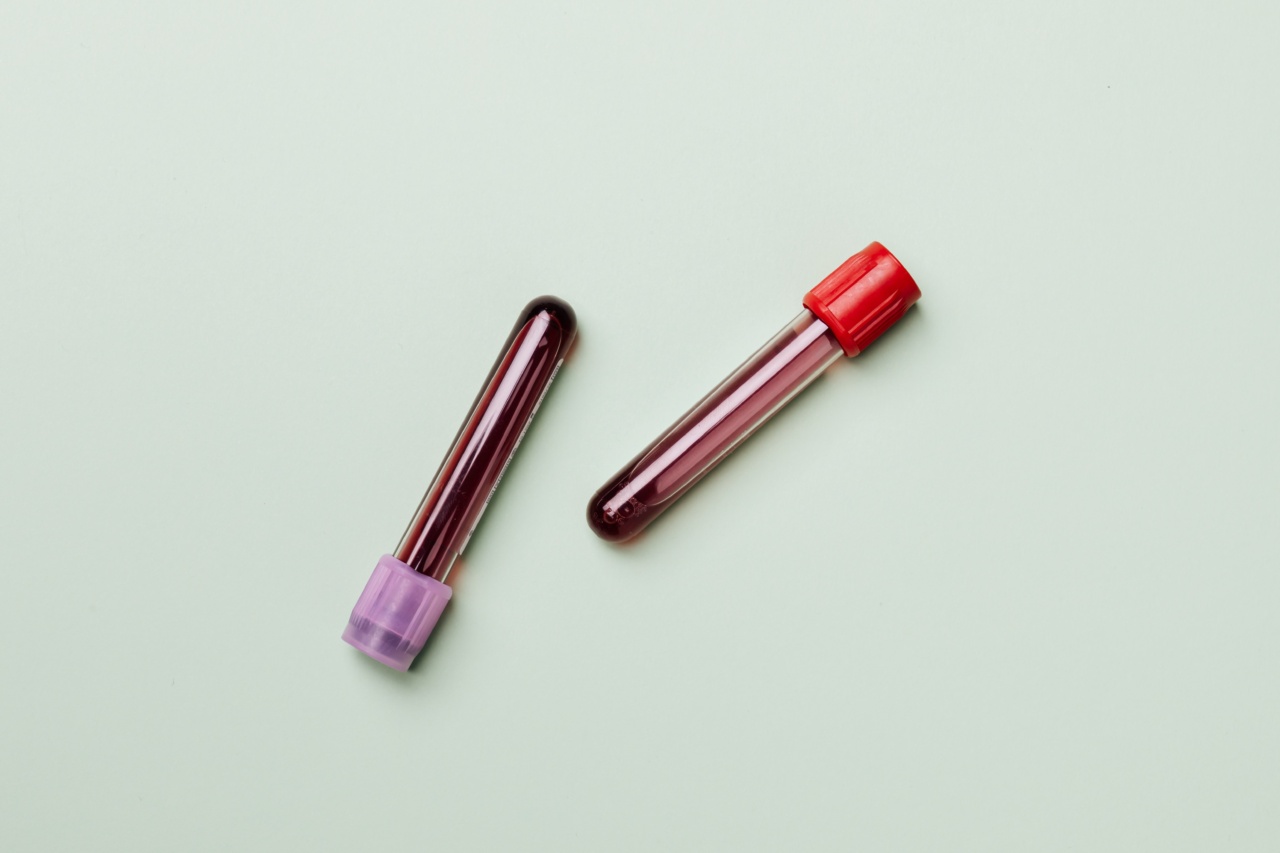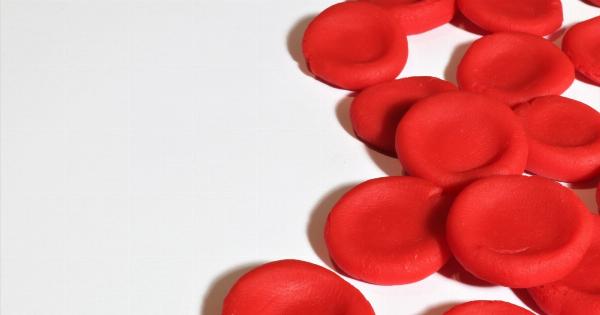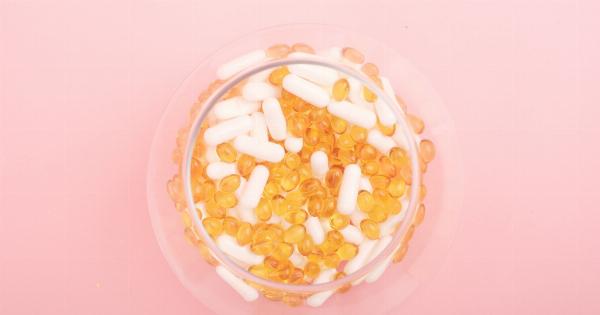Have you ever wondered why blood is always depicted as red in pictures, movies and even textbooks? The reason for the red color of blood is due to the presence of hemoglobin.
Hemoglobin is a protein that is present in the red blood cells and helps in the transport of oxygen and carbon dioxide throughout the body. The red color of blood is a result of hemoglobin interacting with oxygen and causing the blood to appear bright red in color. But, let’s dive deeper into the science behind why blood has a red color.
The Science Behind Blood Color
Blood is made up of different components such as red blood cells, white blood cells, plasma, and platelets. However, it is the red blood cells that give blood its characteristic red color.
Red blood cells contain hemoglobin, which is an iron-rich protein that binds to oxygen and helps transport it throughout the body. Hemoglobin is responsible for the red color of blood because it contains iron atoms that are capable of interacting with light and absorbing certain wavelengths of light.
When blood is oxygenated, hemoglobin binds to oxygen molecules and undergoes a structural change that causes it to absorb light in the blue-green range of the spectrum, while reflecting light in the red-orange part of the spectrum.
This results in the red color of blood. When the oxygen is released from hemoglobin, the blood appears a darker red as the hemoglobin becomes deoxygenated.
Interestingly, blood from other animals can have different colors due to differences in the structure of their hemoglobin. For example, the hemoglobin in crustaceans such as lobsters and crabs contains copper instead of iron, resulting in blue blood.
In contrast, the hemoglobin in some types of worms and mollusks contains iron, but in a different form, resulting in purple blood.
Hemoglobin and Oxygen Transport
As mentioned earlier, hemoglobin is responsible for the transport of oxygen and carbon dioxide within the body. When oxygen is inhaled through the lungs, it diffuses into the bloodstream and binds to hemoglobin in the red blood cells.
The oxygenated blood is then pumped by the heart to different parts of the body where it is needed for cellular respiration, which is the process by which cells convert glucose and oxygen into energy.
When the cells use oxygen for cellular respiration, they produce carbon dioxide as a waste product. Carbon dioxide diffuses from the cells into the bloodstream, where it is bound to hemoglobin and transported back to the lungs.
The carbon dioxide is then exhaled from the body, completing the cycle of oxygen and carbon dioxide transport.
Conclusion
The red color of blood is due to the presence of hemoglobin, which is an iron-rich protein that binds to oxygen and helps transport it throughout the body. The interaction between hemoglobin and oxygen causes the blood to appear bright red in color.
Hemoglobin is not only responsible for the red color of blood but also for the transport of oxygen and carbon dioxide within the body, which is essential for cellular respiration and overall body functioning.





























